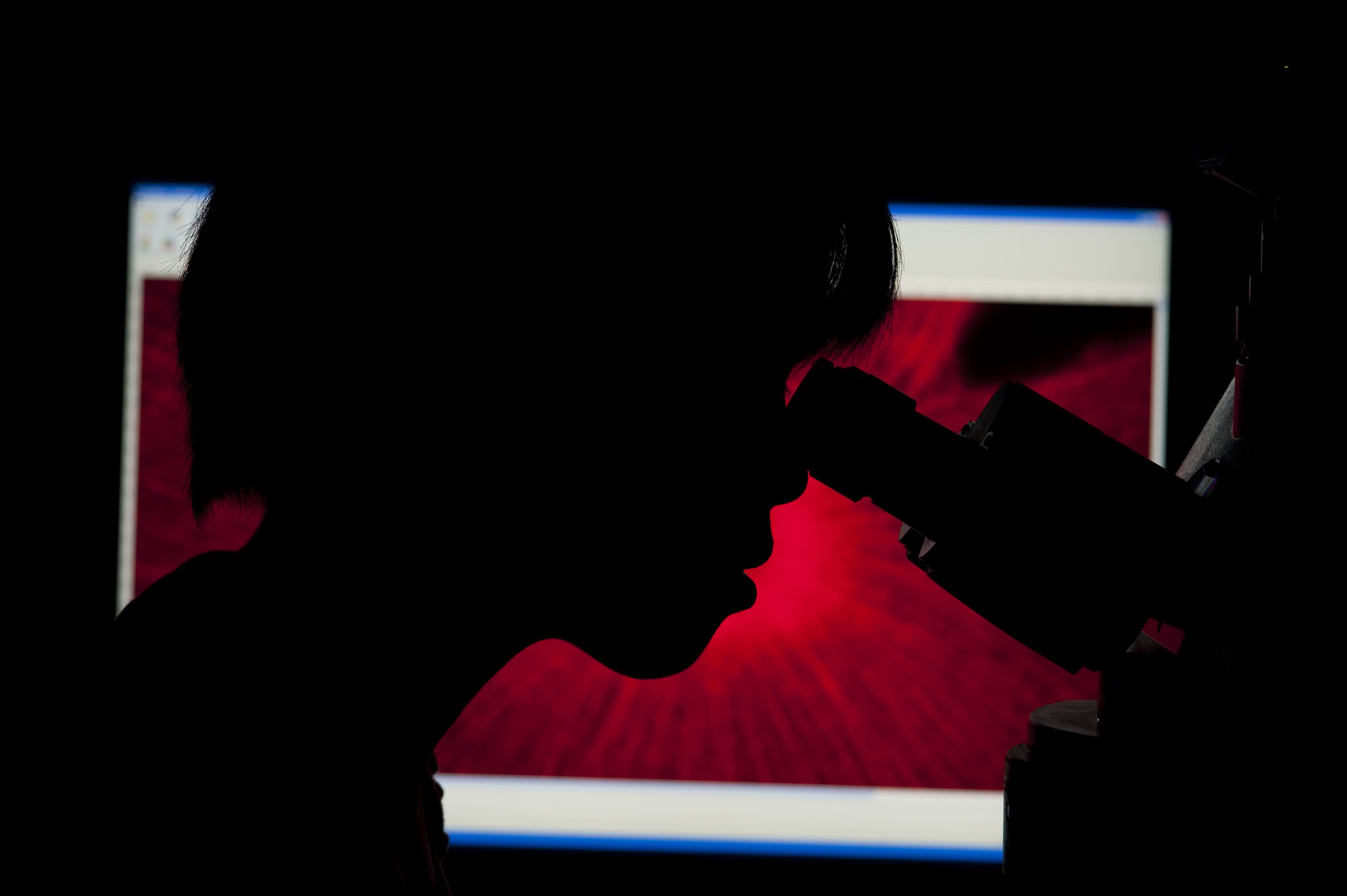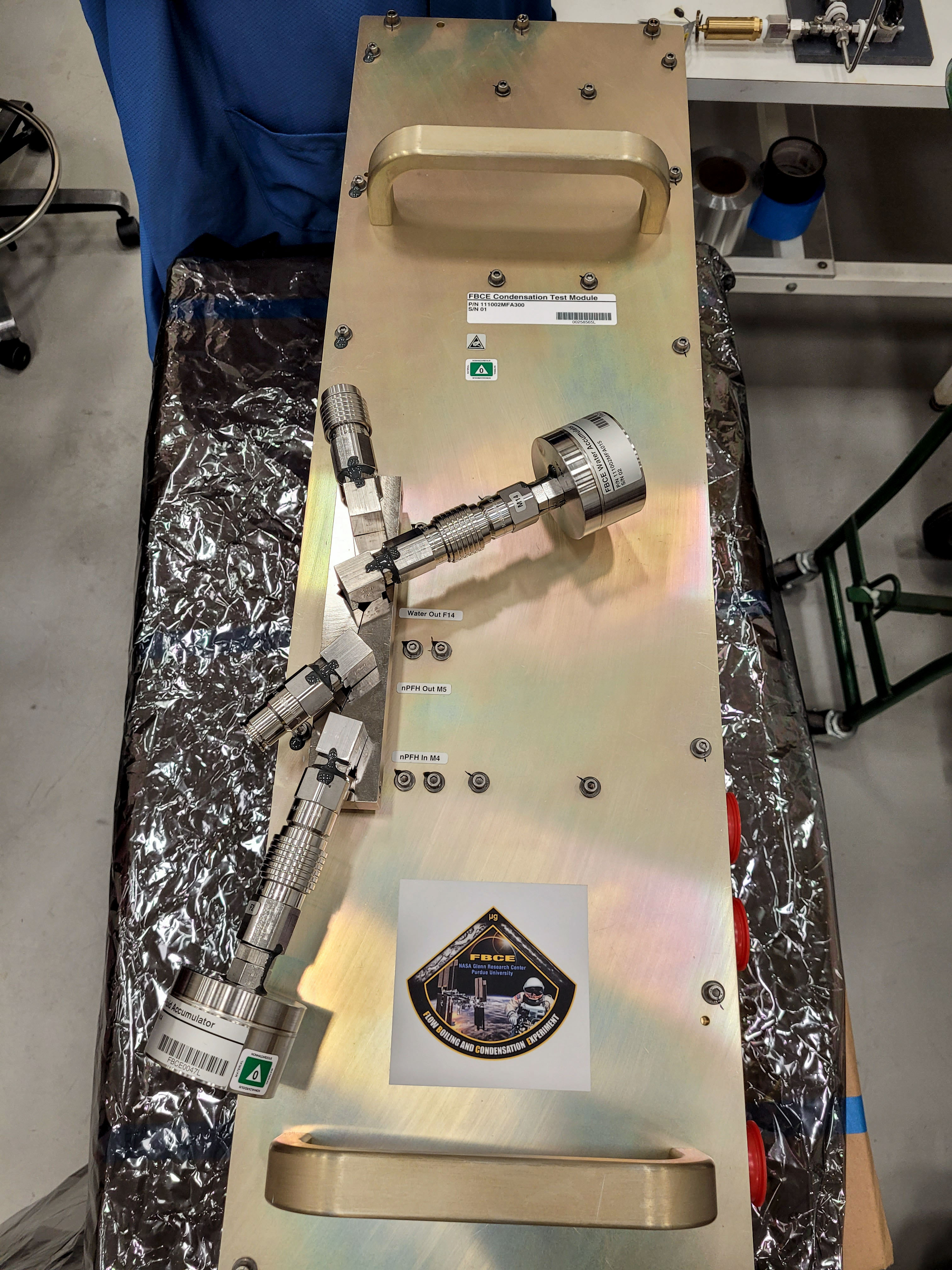3 min read
The measurement of the effects of space-relevant stresses on organisms, and fundamental research into the underlying mechanisms of those effects, are core components of NASA's Space Biology Program. These stresses include galactic cosmic radiation (GCR), solar particle events (SPEs), and reduced gravity. Notably, to date, biological experiments in space have mainly been conducted within Low Earth Orbit (LEO) (e.g., via the Space Shuttle Program, on the International Space Station (ISS), or small satellite missions). Only a few biological experiments have been conducted beyond LEO; therefore, the biological effects of conditions beyond LEO are still poorly understood.
The selected research projects seek to widen our understanding of biological responses beyond LEO by preparing experiments in which yeast, a eukaryotic microorganism, will be grown and monitored on the lunar surface utilizing the BioSensor hardware. This hardware consists of a microfluidic system that allows for the culturing of yeast and the measurement of cell growth and metabolic activity. The lunar surface is particularly distinctive in that organisms will experience a radiation environment that is unique from that found in LEO on the ISS, that includes GCR and neutrons, the latter of which are secondary particles generated from the interactions of primary particles with the lunar surface.
The announced awards will not involve the flight opportunity itself, but rather the integration of the proposed experimental payloads into the Biosensor hardware and biocompatibility testing on the ground to establish a functional experimental payload that is flight-ready for future missions. Awards will also support additional ground-based studies to examine the effects of simulated lunar conditions on the proposed model system.
When the projects are ready for integration, the selected investigators will work with a team of NASA engineers for hardware integration and testing. These tests will include verifying the systems’ performance with the biology and the required reagents to confirm functionality. Flight readiness testing will demonstrate that the payload can execute operations as designed during a flight-like configuration and yield data readouts to ensure that science objectives will be met during a future flight mission.
These space biology investigations will be conducted by three investigators from two institutions in two states. When fully implemented, about $900,000 will be awarded in fiscal years 2022-2025.
Lynn Harrison, Ph.D. Louisiana State University System
Investigating Lunar Stress and Parkinson's Disease using an Alpha Synuclein Yeast Model
Sergio Santa Maria, Ph.D. NASA Ames Research Center
ORGANA: Oxidation-Reduction potential and Genetic Assessments for New mission Applications
Andrew Settles, Ph.D. NASA Ames Research Center
Feasibility of synthetic biology countermeasures for human exploration beyond low Earth orbit






